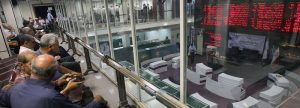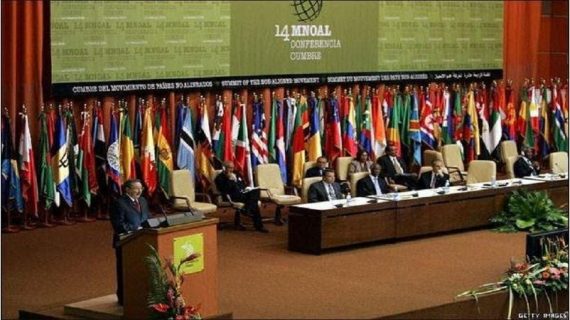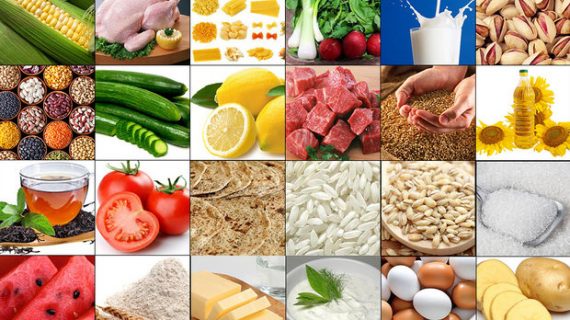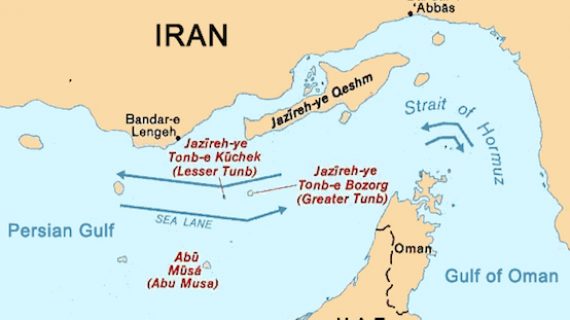Iran: Stocks Affected by Forex Developments
TSE’s main index shed 766 points or 0.8% to close the month at 95,524, as Iran Fara Bourse’s benchmark dropped 32.85 points or 2.99% to 1,063.8
Things are expected to change for the better in the year’s second month, Ordibehesht (April 21-May 21), as new corporate performance reports will be published and the new USD rate as well as euro’s official status sink in
Reported by HPMM Group according to FINANCIAL TRIBUNE ; Coming out of a relatively good year, Tehran stocks had a tumultuous month ridden with ambiguities in the first month of the new fiscal year, Farvardin (March 21-April 20).
TSE’s main index TEDPIX shed 766 points or 0.8% during the month to close at 95,524.
Iran Fara Bourse’s benchmark index IFX also dropped 32.85 points or 2.99% to stand at 1,063.8.
Equities had recorded a continuous yet limited growth since the new fiscal year’s beginning. Yet the month’s third trading week (April 7-11) caused disruption in the lethargic trend: Trade volume grew and stocks’ gains intensified as things heated up in the foreign exchange market.
Having lost 30% of its value against the US dollar in the last fiscal year, the rial continued its losing trend up until April 9 as it was unofficially traded at 62,000 against the greenback.
Subsequently, investors rushed to export-oriented stocks such as base metals, while those losing from a weaker rial such as auto producers were sold and left behind.
This all changed on April 10, however, as rial’s seemingly unstoppable devaluing trend met its end. The government dragged the currency back in time and pinned it at 42,000 rials to a USD on Monday night.
Stocks reacted negatively and extended their losing trend for the next six trading days, with IFX recouping a small amount of losses by the month’s end.
Companies are still struggling to adapt to the new normal. Petrochemical stocks, for instance, had a steep drop in the month’s last week, as some of their products’ prices on Iran Mercantile Exchange dropped by up to 10% over the new USD rate.
The government officially discarded USD as its currency of choice for financial reporting and opted for the euro on Wednesday.
Things are expected to change for the better in the year’s second month, Ordibehesht (April 21-May 21) as new corporate performance reports will be published and the new USD rate and euro’s official status sink in, according to the Persian economic daily Donya-e-Eqtesad.
Systematic risks won’t subside, though. The May 12 deadline set by US President Donald Trump to “fix the terrible flaws of the Iran nuclear deal” is closing in and JCPOA’s fate will be a trump card big enough to overshadow any other market factor.
> Gold Coin, Euro Gain, as USD Rates Stay Put
While USD rates remained hamstrung, other currencies and gold have continued to rise. The benchmark Bahar Azadi gold coin recorded the most gains last month, followed by euro, IFX, TEDPIX and USD.
The gold coin gained 12.77% last month to 17.7 million rials, which is 1.24 million rials less than its all-time high, according to Tehran Gold and Jewelry Union’s data.
The rial was quoted at 67,750 against the euro by the month’s close. It marked a 16.08% rise for the European currency for the month.
Rial also gained a total of 13.5% against USD last month to land at the government-enforced rate of 42,000.
> Top TSE Industries
Sugar producers had the highest growth among TSE’s 42 industries in Farvardin, as the industry index grew 11% to 10,029.9 by the month’s close. This was the index’s highest for the month, having started from a low of 9,020.4.
Tiles and ceramics came next with 5.76% gains to 1,790.89, finishing slightly less than their monthly high of 1,840.4.
The next three ranks were intensely contested.
Water, electricity and gas distributors took the third place with 3.9% to 236.84. Metal ore miners followed with 3.84% to 21,453.9, with “other mines” coming next, rising 3.72% to 10,786.25.
As for the worst performers, “communication devices” were at the bottom of the chart with a 16.25% drop. They were followed by “farming” with an 11.22% loss, printing and publishing with an 11.06% downturn, “rubber” with 9.58% and paper industry with a 9.48% loss.
> Monthly Trade in Detail
Over 9.7 billion shares valued at $498.4 million were traded on TSE during last month. The number of traded shares and trade value dropped by 79% and 78% compared to the month before last.
TSE’s First Market Index shed 497 points or 0.7% to end at 67,626.8. The Second Market Index also dropped by 1,876 points or 0.9% to close at 204,611.4.
And at IFB, over 2.3 billion securities valued at $607.4 million were traded during the month.
IFB’s market cap gained $754.4 million or 2.15% to reach $35.7 billion.
Its First Market witnessed the trading of 194.6 million securities valued at $9.1 million and about 985.9 million securities valued at $57.5 million were traded in the Second Market.
Over 21.9 million debt securities valued at $470.7 million were also traded at IFB.
Exchange-traded funds stood at 66.27 million worth $24.3 million.
Housing mortgage rights’ trade reached 633,848 securities worth $9.3 million







